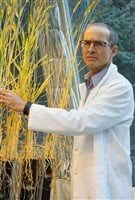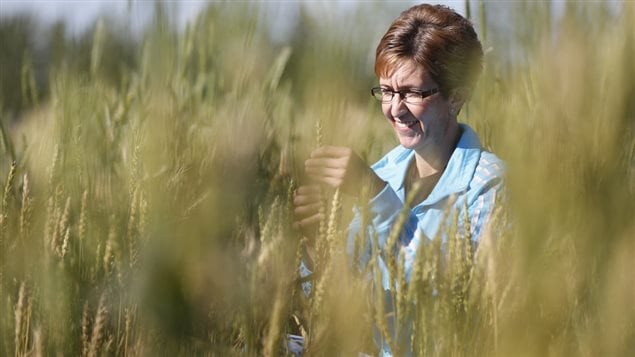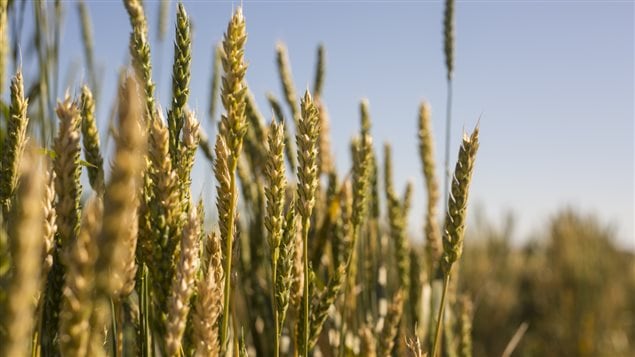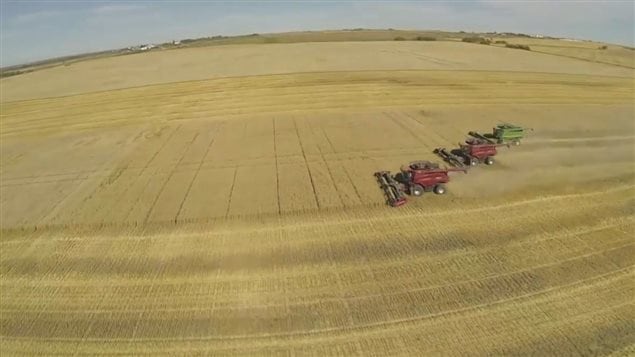With close to $100 million in funding, research into new plant breeding technology at the Canadian Wheat Alliance, is showing great promise
Faouzi Bekkaoui (PhD) is the executive director of the wheat programme at Canada’s National Research Council (NRC) which is an integral partner in the CWA.
Listen
The Canadian Wheat Alliance, established in 2013 seeks to develop new varieties of wheat to improve yield and profitability for Canadian farmers.
Those improvements involve selecting the best genetic qualities to resists disease and adaptability to cope with the increasing variability of weather due to global warming causing climate change.
None of their research however involves what is known as genetically modified technology, i.e., adding genes artificially from other plant species or animals.
Bekkaoui notes that there is no GM wheat, and given that Canada exports to nations where GM products are not welcome, he says there are also no plans for Canadian researchers to proceed down that path.
That said, he points out they are developing methods to reduce the 10 to 14 years of time it takes to research and create new wheat varieties.

He says for example their new “doubled haploidy system” will knock at least two years off typical development time, and that this technology is almost finalized and ready to be passed to plant breeders.
Projects in Phase 1 were focused on six priority areas:
- genomics assisted breeding
- improved cell technologies
- enhanced fusarium and rust tolerance
- improved plant performance and seed yield
- beneficial biotic reactions related to nutrient utilization
- enhanced tolerance to biotic stresses including drought, heat and cold temperatures (climate change)

He says Canada has been involved in wheat research for over 100 years and is a world leader. However he also points out that to maintain that position, work such as his should that of the NRC and CWA to improve wheat production is increasingly important as the world population grows rapidly and more food will be needed.







For reasons beyond our control, and for an undetermined period of time, our comment section is now closed. However, our social networks remain open to your contributions.